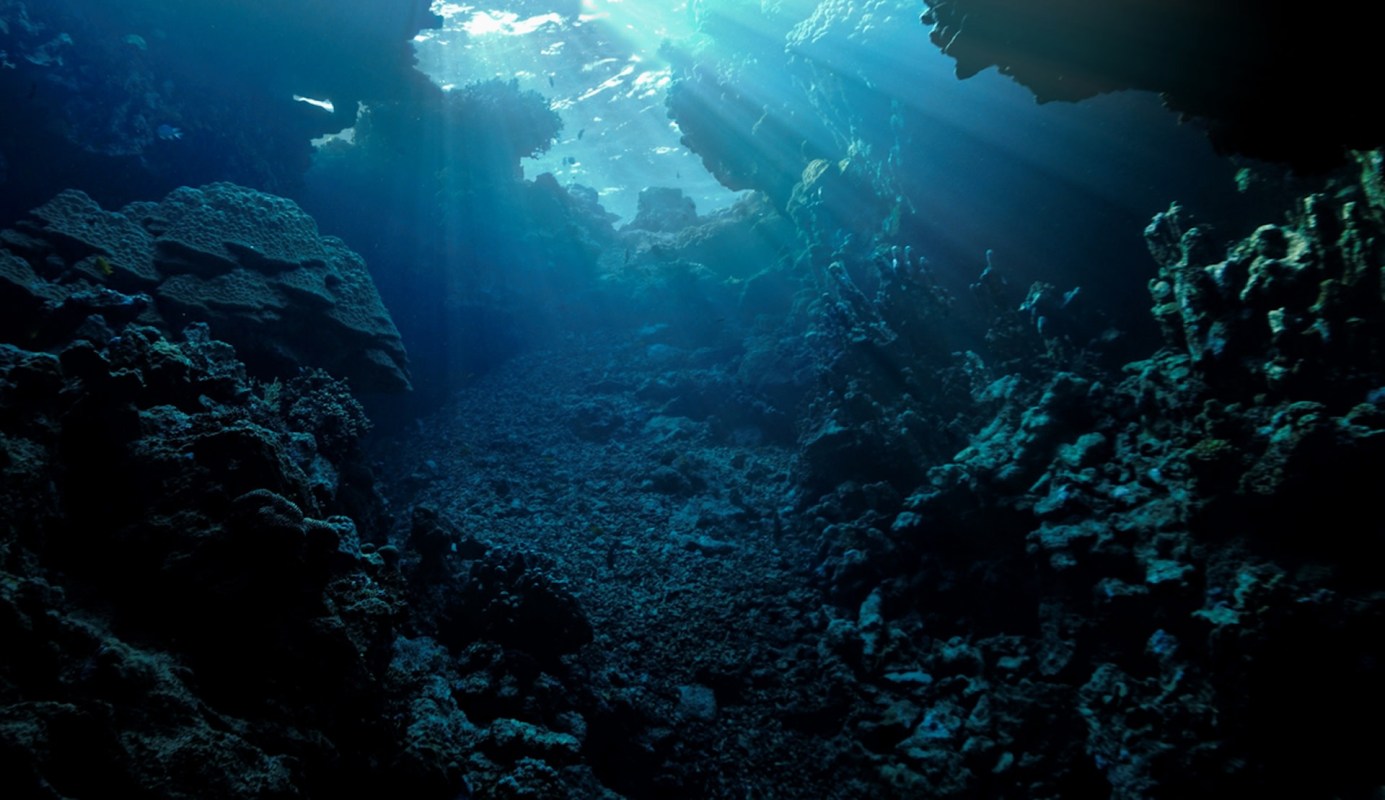Scientists have directly observed nanoplastics — tiny particles of plastic even smaller than microplastics — in the ocean for the first time.
What happened?
A new study has presented evidence of nanoplastics — plastic particles measuring less than 1 micrometer in length — in ocean water by using a newly advanced detection technique.
As Futurity detailed, researchers presented clear images of these tiny nanoparticles in ocean water from off the coast of China, South Korea, the United States, and in the Gulf of Mexico.
The team found nanoplastics made of nylon, polystyrene, and polyethylene terephthalate (PET) — these polymers are used in food packaging, water bottles, clothing, and fish nets, per Futurity.
Why is this study concerning?
We already know that nanoplastics are pervasive in our food system. One recent study found that bottled water contains hundreds of thousands of nanoplastics per liter. Meanwhile, a team of scientists also found nanoplastics and larger microplastic particles in 90% of proteins, including seafood, pork, chicken, beef, and tofu.
Because nanoparticles are small enough to penetrate human cells and enter the bloodstream, they have the potential to impact internal organs, Bloomberg reports. These tiny particles can also pass through the placenta and into the bodies of unborn babies.
Humans are not the only species at risk from nanoplastics, however.
At least 14 million tons of plastic waste enter our oceans each year, according to the International Union for Conservation of Nature. As they break down, they turn into microplastics and nanoplastics, which can threaten marine animals and ecosystems.
"Nanoplastics are potentially more toxic than larger plastic particles," said one of the study's researchers, Tengfei Luo, per Futurity. "Their small size makes them better able to penetrate the tissues of living organisms."
For instance, a 2020 study summarized by the International Atomic Energy Agency found that microplastics and nanoplastics were affecting biological functions in fish, including behavior and neurological functions, metabolism, intestinal microbiome diversity, and intestinal permeability.
What can I do to help with nanoplastics?
More than 400 million tons of plastic are produced every year, per the IUCN, and a large portion eventually ends up in our oceans.
You can help out by reducing your personal plastic consumption. Some simple steps you can take include switching to powdered soap and detergent, repurposing empty product containers in your home, staying away from single-use plastic water bottles, and ditching plastic grocery bags.
Some scientists are also finding creative ways to address our plastic problem. For instance, researchers recently created an artificial superprotein that can eat away at microplastics and nanoplastics from polyethylene terephthalate, the material commonly used to make single-use plastic bottles.
Join our free newsletter for cool news and cool tips that make it easy to help yourself while helping the planet.









